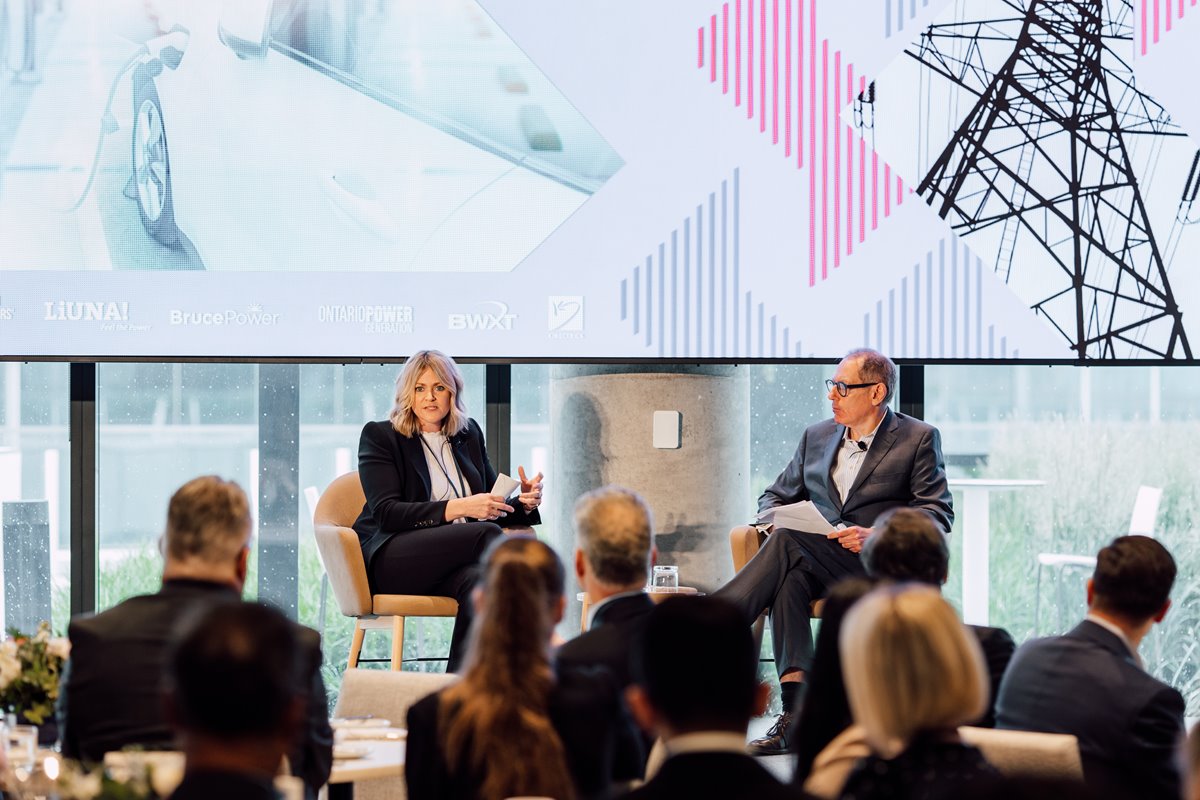For 30 years, we’ve heard manufacturing in Ontario is dead, long gone to cheaper jurisdictions. To paraphrase Mark Twain, the reports of its death are greatly exaggerated. Manufacturing is back in a big way — particularly within the Toronto region.
Both the pandemic and Russia’s invasion of Ukraine exposed weaknesses in the global supply chain network, prompting a push towards more security, flexibility and a revitalization of manufacturing across the continent. Looking south, we see the boldest example.
A recent report stated new jobs in American manufacturing will reach more than 400,000 by year-end, meaning the U.S. will have recovered 40% of previously offshored manufacturing jobs. Ontario’s manufacturing industry is also growing, with more than 820,000 jobs provincewide and employment steadily gaining momentum since 2008.
This is great news for the Toronto region. As Canada’s largest manufacturing hub, Toronto is responsible for approximately $13.1 billion in monthly manufacturing sales. The emergence of Ontario as a top destination for tech, auto manufacturing and electric vehicle (EV) battery production in North America is a much-needed boost to these sectors.
Earlier this year, Premier Doug Ford stated, “We’re building a supply chain ecosystem, connecting resources and workers in the north to the future of clean steel and electric vehicles, and ensuring the cars of the future can be built in Ontario from start to finish by Ontario workers.”
The Toronto region has an automotive ecosystem unlike anywhere else in the world. It’s the second-largest auto producer in North America and the only jurisdiction to have Toyota, Honda, GM, Ford, and Stellantis operating within its borders. Unlike the scattered assembly plants dotting the eastern half of the U.S., our automotive manufacturers are strategically concentrated within a 550-kilometre corridor of major highways. Each is supported by a parts supply chain comprising more than 700 firms and 500 tool, die and mold makers.
Anchoring this manufacturing corridor is the fastest-growing innovation hub on the continent, home to large multinational and Canadian tech companies. The proximity to shipping and delivery points allows businesses to lower their overhead and logistics costs, shorten supply chains, and access global markets.
Additionally, we are coupling an end-to-end battery supply chain to the existing manufacturing ecosystem. The province’s abundant supply of critical minerals is fueling our transition into an EV battery powerhouse. In fact, Ontario has the only cobalt refinery in North America, expected to produce enough battery-grade material to support the manufacturing of 250,000 electric cars a year.
A battery supply chain, an established manufacturing cluster, and a rapidly growing tech hub have made our region an attractive location for original equipment manufacturers seeking efficiency and stability.
However, the picture is not entirely rosy. Ontario’s manufacturers will need to invest in their productivity to attract and retain new business. Across Canada, investment in workers has declined from approximately 79 cents per worker for every U.S. dollar invested in 2014 to only 55 cents in 2021. Over the last 20 years, Canada’s business investment per worker only increased by 24.5%, compared to 70.5% in the United States.
The Toronto region is poised to turn into a manufacturing supercluster driving talent and goods throughout Ontario’s manufacturing ecosystem. Governments, businesses and institutions must take advantage of burgeoning trends and invest in productivity to secure Toronto’s regional competitiveness.
Manufacturing in this region isn’t dead, but it needs support. We are in pole position to leverage our advantages to supercharge productivity, pursue innovation, and reinvigorate Toronto’s economy. Major automakers are shifting their focus to North America and the province’s famed manufacturing ecosystem must take this moment to invest or risk this glimmer of hope becoming yet another false dawn.
-

Giles Gherson
President and Chief Executive Officer, Toronto Region Board of Trade
Giles Gherson serves as the President and Chief Executive Officer of the Toronto Region Board of Trade, among North America's largest and most influential business organizations. In this role, Giles leads the Board's initiatives to strengthen and sustain business growth and competitiveness across the Toronto region, one of the fastest-growing metropolitan centres in North America.
Giles is dedicated to addressing the region’s most pressing challenges, including the widening productivity gap, the ongoing congestion crisis, and barriers to greater regional investment. At the same time, he champions Toronto’s vibrant growth and its role as a global leader in AI, data hubs and the diversity of its business sector. Under his leadership, the Board established the CEO-led Business Council of Toronto to tackle critical issues, with a strategic focus on Advanced Manufacturing, Climate and Energy Transition, the GTA West Economic Gateway, and the Financial Services sector.
Prior to joining the Board in 2022, Giles spent over 25 years in the private and public sector in progressively senior roles. He spent 15 years with the Province of Ontario, where he held multiple influential Deputy Minister roles – most extensively and recently as Deputy Minister, Economic Development. Previously, Giles has led the government’s economic growth and competitiveness policy, overseen the recent creation of two new agencies, Invest Ontario and IP Ontario, and worked to attract a wave of technology and manufacturing investments, including the retooling of the province’s auto sector for next generation battery electric vehicles. He currently sits on Ontario’s Advanced Manufacturing Council, working to boost the long-term competitiveness and resilience of this sector by attracting key investments and creating opportunities for businesses across the province.
Prior to his role in government, Giles worked as editor-in-chief of the Toronto Star, political editor of the National Post and editor of the Globe and Mail’s Report on Business. Giles is the immediate past President of the Board of Directors at the Institute of Public Administration of Canada, the country’s leading professional organization supporting excellence in the public sector.


